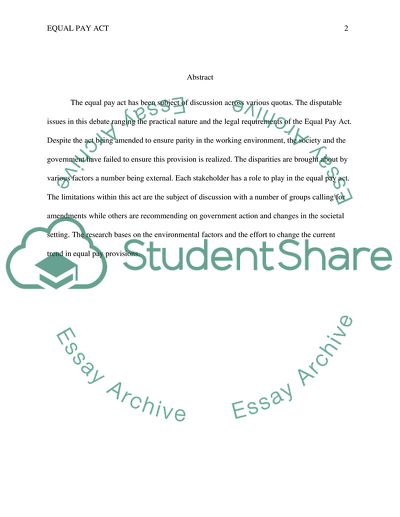Cite this document
(Equal Pay Act Research Paper Example | Topics and Well Written Essays - 2500 words, n.d.)
Equal Pay Act Research Paper Example | Topics and Well Written Essays - 2500 words. Retrieved from https://studentshare.org/law/1880579-equal-pay-act
Equal Pay Act Research Paper Example | Topics and Well Written Essays - 2500 words. Retrieved from https://studentshare.org/law/1880579-equal-pay-act
(Equal Pay Act Research Paper Example | Topics and Well Written Essays - 2500 Words)
Equal Pay Act Research Paper Example | Topics and Well Written Essays - 2500 Words. https://studentshare.org/law/1880579-equal-pay-act.
Equal Pay Act Research Paper Example | Topics and Well Written Essays - 2500 Words. https://studentshare.org/law/1880579-equal-pay-act.
“Equal Pay Act Research Paper Example | Topics and Well Written Essays - 2500 Words”, n.d. https://studentshare.org/law/1880579-equal-pay-act.


